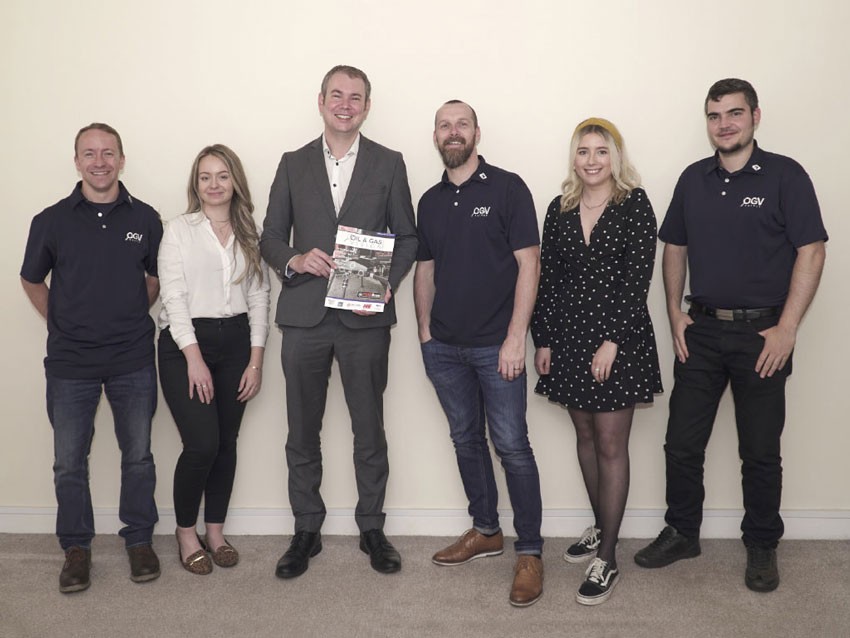Intellectual Property (IP) and its role in innovation during the energy transition
The shift from fossil fuelsto greener energy will profoundly impactthe profitability of many businesses in the energy sector. However, innovation has become an essential facilitator of the energy transitionand this shift presentsa significant opportunity for innovative energybusinessesthat are able to adapt to industry changes.. However, innovation often requires significant R&D expenditure,and having a handle on their IPcan allow innovative businesses to protect their competitive advantage, and maximise their return on investment (ROI).
Innovation is expensive – how can IP help?
Innovation and technology will play an increasingly important role in shaping the energy transition in the coming years. This may be through cost-reduction developments that allow an accelerated scale-up of low-carbon technology, or through oil and gas companiesdiversifying their technology offering in view of a changing energy landscape.
However, the R&D associated with innovation is often expensive, and businesses want to know that they will receive a return on capital expenditure. Fortunately, IP rights are assets that can be used in a number of ways to improve profitability and ROI, including:
• Re-deployment of existing IP rights
There are numerous legacy oil and gas technologies finding new purpose in the energy transition. Perhaps most prominent are cabling, connector and buoyancy technologies originally developed for subsea oil and gas operations that are directly transferrable to offshore wind.
Existing IP associated with these technologies may be re-deployed in order to create a valuable revenue stream through the licensing of the IP rights to third parties, or by providing unique value to the market by preventing competitors from offering the innovative technology.
• Patent Box : 10% UK Corporation Tax
In the UK, innovative businesses can reduce their corporation tax to 10% through the UK Government’s Patent Box incentive based on profits derived from patent-protected products or products incorporating a patented item. This can provide a huge saving when patented technology is commercialised.
• Negotiation leverage
IP rights also provide leverage during supply negotiations. The energy industry supply chain is becoming ever-more competitive, where typically several businesses compete to supply a similar product. If an innovative product is protected by IP rights, competitors can be excluded from the tendering process, or they can be forced to offer alternative, less desirable products.
• Raising capital
It may be the case that capital investment to fund R&D activities or commercialise an innovative technology comes from external investors. Potential investors will want to see a strong IP portfolio in placeand a strategy for protecting ongoing developments to prevent copying by competitors.
Who owns what?
Collaboration is essential in order to solve some of the most pressing technical challenges facing the energy industry due to the opportunity to share resources and expertise.Whether collaboration takes place between industry partners, or between industry and academia, one of the most important considerations is to understand, and agree upon, the ownership of any IP generated as result of collaborative R&D.
Ownership and/or the right to exploit the IP generated from collaborative R&D will have a huge impact on the ability of a party to the collaboration to improve their ROI. At the outset parties to the collaboration should negotiate an agreement that coversall aspects of a party’s IP rights and obligations.
Are you free to do what you want to do?
We are currently amidst a global race for green technology development.A recent report [1] highlighted that the top patent applicant countries for offshore wind energy (based on the country of business of the applicant) were China, Republic of Korea, Germany, Japan, USA and Denmark. The same report found that patent applicants from these countries also filed patent applications in other countries.
These patent filing trends can have a significant impact on a business’ ability to develop and commercialise offshore wind technology without infringing third party IP rights. For example, if USA applicants file patent applications in the UK, any resulting IP rights may significantly impact UK businesses.
Therefore, businesses should ask if they know what IP their competitors have.
If they don’t, then they run the constant risk of having to stop supplying or using an “infringing” product or may find that time and money in developing a product would potentially be wasted.
Are your competitors free to do what you do?
Ultimately, if your product is not protected by IP, it is open season for your competitors to copy and sell it at will without restriction – and to get a free ride on the back of your time, expertise, and money spent in developing the product and bringing it to market.
John Johnston is a Patent Attorney within the Energy Group at HGF, one of Europe’s leading Intellectual Property firms operating across 25 offices in seven European countries. jjohnston@hgf.com
Published: 04-05-2024














